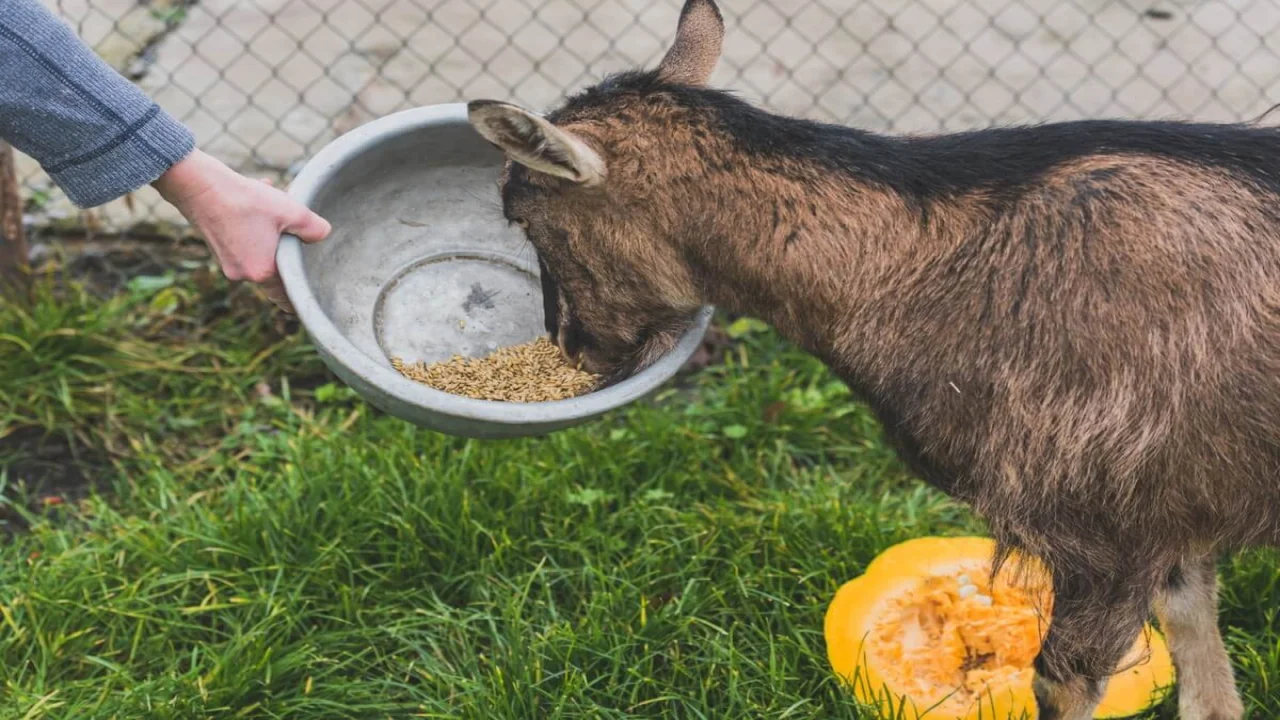Understanding Autotrophic and Heterotrophic Nutrition
Explore autotrophic and heterotrophic nutrition, photosynthesis, and chemosynthesis in this comprehensive guide on organism nourishment.

Nutrition is the procurement of substances necessary for the growth, maintenance and activities of a living body. The substances used for nutrition are called nutrients.
- There are two types of nutrition, autotrophic and heterotrophic.
- Depending upon the source of energy, organisms can be classified as phototrophs and chemotrophs.
Autotrophs
Autotrophs (self-feeders) are organisms whose sole source of carbon is CO2. These organisms use different sources of energy to fix (reduce) CO2 to various organic compounds. Autotrophs include photosynthetic as well as chemosynthetic organisms.
Photosynthetic Nutrition
Nutrients are synthesized with the trapping of solar energy with the help of chlorophyll. This nutrition is exhibited by plants having chlorophyll.
Chemosynthetic Nutrition
The breakdown of complex inorganic or organic molecules provides energy for the synthesis of nutrients.
Examples:
- Nitrifying bacteria: Ammonia to nitrite, Nitrite to nitrate.
- Sulphur oxidizing bacteria: Hydrogen sulphide to sulphur.
- Iron bacteria: Ferrous ion to ferric ion.
Heterotrophs
All animals are heterotrophs. The animal which preys on is called a predator. A predator eats on prey.
- Holozoic: Animal-like nutrition, ingests solid food.
- Holophytic: Plant-like nutrition, synthesizes food.
- Parasite obtains nourishment from the body of the host.
- Detritus: Animal which feeds upon organic matter mixed with the soil, e.g., Earthworm.
The information on this page is peer reviewed by a qualified editorial review board member. Learn more about us and our editorial process.
Last reviewed on .
Article history
- Latest version
Cite this page:
- Comment
- Posted by Dayyal Dungrela